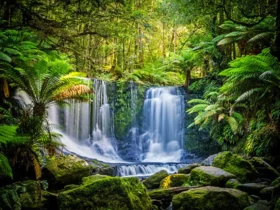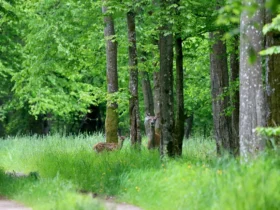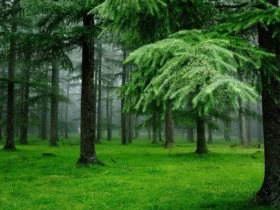In the world of botany, certain plants captivate with their uniqueness and rarity. Neomoorea wallisii, commonly known as Wallis’s Snowball, stands as one such enigmatic beauty. With its delicate appearance, intricate flowering structure, and limited distribution, this plant has earned a place of fascination among botanists, horticulturists, and nature enthusiasts. In this article, we delve into the world of Neomoorea wallisii, exploring its characteristics, habitat, cultivation, and the wonder it brings to the botanical world.

Taxonomy and Naming
Neomoorea wallisii is a terrestrial orchid species belonging to the family Orchidaceae. It was named in honor of English horticulturist Benjamin Samuel Williams Wallis, who was known for his contributions to orchid cultivation. The genus name “Neomoorea” refers to “new Moorea,” suggesting its resemblance to another orchid genus, “Moorea.”
Appearance and Characteristics
Wallis’s Snowball is characterized by its distinctive flowering structure. The plant produces a single, elegant flower that resembles a spherical snowball, comprised of numerous small white flowers densely packed together. The petals and sepals of each individual flower fuse into a delicate, spherical shape that gives the plant its common name. The flower’s intricate form and pure white coloration contribute to its allure.
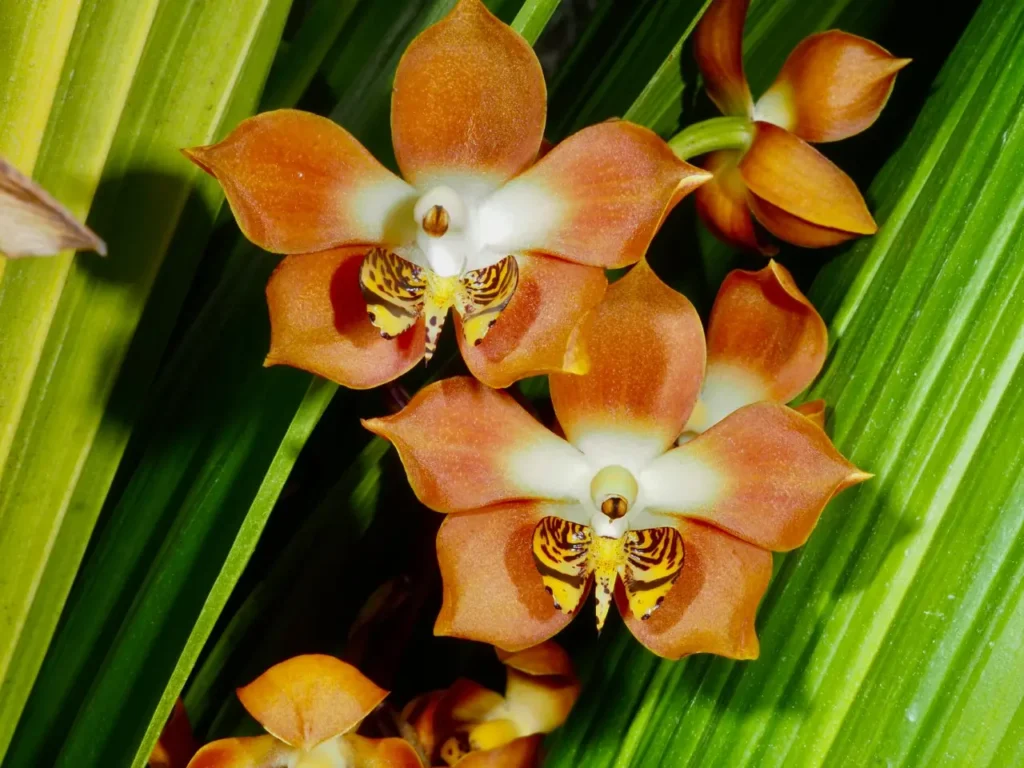
Habitat and Distribution
Native to the islands of Moorea and Tahiti in French Polynesia, Wallis’s Snowball is endemic to these specific regions. It inhabits moist and shaded areas within tropical rainforests, where it thrives in the cool and humid microclimates found on the forest floor.
Cultivation and Conservation
Wallis’s Snowball presents unique challenges when it comes to cultivation. Its specific habitat requirements, including high humidity and filtered light, make it difficult to replicate its native conditions. Consequently, successful cultivation of Neomoorea wallisii is a rarity and a triumph among orchid enthusiasts.
Due to its restricted range and habitat specialization, Wallis’s Snowball is considered vulnerable in its natural environment. Habitat loss and degradation, coupled with the potential threat of invasive species, have led to concerns about its long-term survival.

Botanical Rarity and Awe
Neomoorea wallisii exemplifies the wonder of the botanical world. Its limited distribution, unique flowering structure, and the challenges it poses for cultivation have contributed to its allure among plant enthusiasts. The plant’s very rarity adds to its mystique, capturing the imagination of those who encounter it.
Preserving Botanical Treasures
The story of Wallis’s Snowball emphasizes the importance of conserving and protecting rare and endangered plant species. The delicate balance of ecosystems and the interdependence of species underscore the need for dedicated efforts in habitat preservation, cultivation research, and raising awareness about the value of biodiversity.
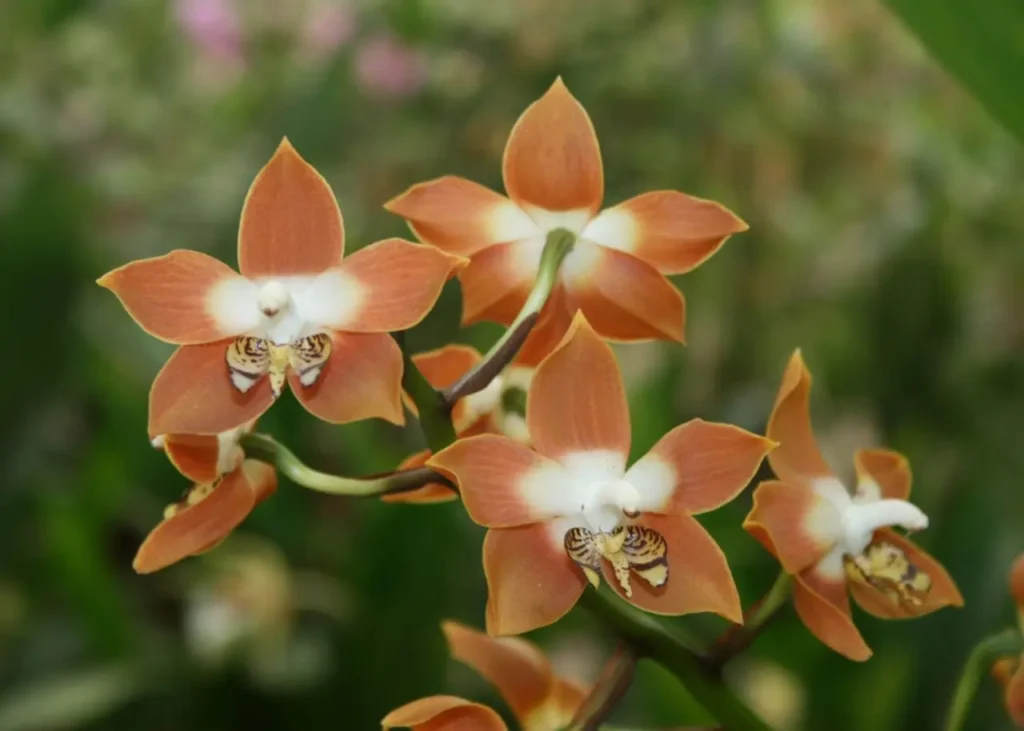


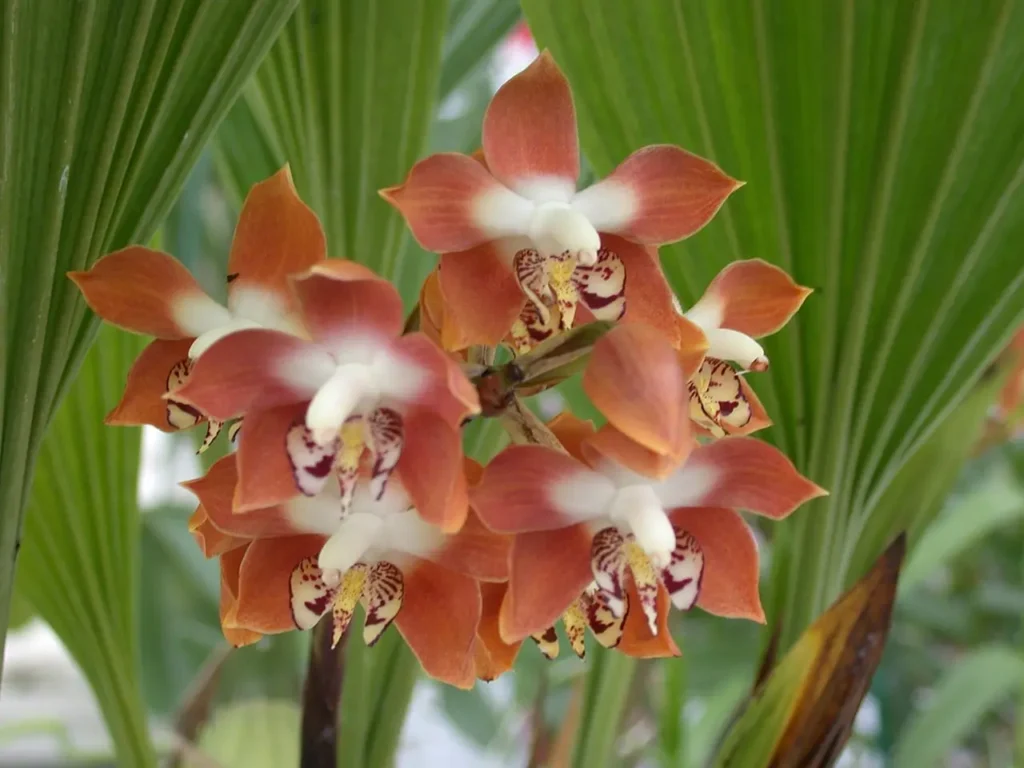
Neomoorea wallisii, or Wallis’s Snowball, is a living testament to the diversity and wonder of the plant world. Its ethereal beauty, restricted habitat, and challenges in cultivation remind us of the intricate web of life and the responsibilities we bear in preserving the extraordinary creations that enrich our planet. By honoring and safeguarding the uniqueness of plants like Wallis’s Snowball, we contribute to the legacy of botanical discovery and conservation for generations to come.
